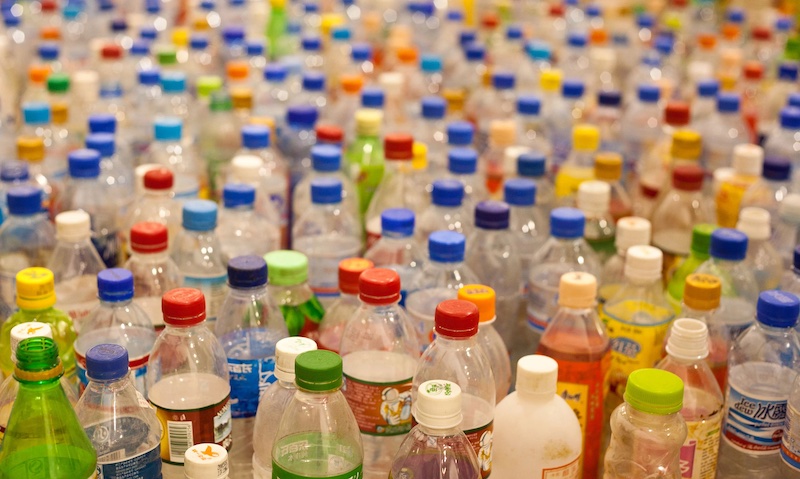
Sustainable plastics will make up more than 15 percent of production by 2030, says report
Sustainable plastics will make up more than 15 percent of production by 2030, according to a new report by Lux Research.
Future projections of a circular economy emphasize that a combination of recycled and bio-based resources will serve as a feedstock for plastic needs, says the market analyst.
However, it adds that in order for the “idealistic future” to be realized, there must be a major investment in new technologies, including advanced recycling tech and bio-based plastic capacity.
In its new report, The Sustainable Plastics Roadmap: Recycling, Bioplastics, and Alternatives, Lux Research forecasts the adoption of conventional and advanced recycling, bio-based plastics, and alternative materials and quantifies the impact of bans and other regulations to predict the future of sustainable plastics.
Single-use plastics are particularly in the crosshairs with consumers and regulators, and companies across a wide range of industries are trying to deploy sustainable solutions.
Both companies that produce plastics and those that use them in their products need to understand the outlook for sustainable plastics and alternatives in order to prepare their strategy.
Lux’s new report explores the combined impact of new technologies and approaches on the six major commodity plastics:
- polyethylene terephthalate (PET);
- high-density polypropylene (HDPE);
- polyvinyl chloride (PVC);
- low-density polyethylene (LDPE);
- polypropylene (PP); and
- polystyrene (PS) – focusing on the impact of four major types of threats to conventional plastics production: recycling, bio-based polymers, legislation, and alternative materials like paper and metal.
Anthony Schiavo, research director at Lux, says: “A combination of negative consumer sentiment about plastics, regulation, and a global focus on sustainability have combined to push the issue of plastics sustainability to the fore.
“In 2030, 15 percent of plastics will be sustainable, fueled primarily by a tripling of global plastics recycling along with strong regulatory action that bans the most problematic types of plastic products.
“Chemicals companies will face stagnating demand for oil-derived plastics – even including pyrolysis oil – and must invest in recycling to find growth in the plastics space.”
Lux’s initial modeling effort focused on four scenarios highlighting regional differences in policy and infrastructure.
Schiavo says: “Even in our most aggressive case, there are major unresolved issues with plastics sustainability.
“In the likely case, we expect most groups to miss plastics sustainability goals despite making major strides on recycling and alternatives.
“In addition, the gaps between different types of plastic will grow: The global PET recycling rate could reach as high as 60 percent, but we expect very little progress in direct PP or PS recycling.
“Major practical challenges – like the difficulty of waste collection and sorting and the unprofitability of pyrolysis – will still remain in 2030.
“Companies that move quickly to build their own sustainable supply chains will find success, while those that wait for the ecosystem to fix these problems will be left behind.”
